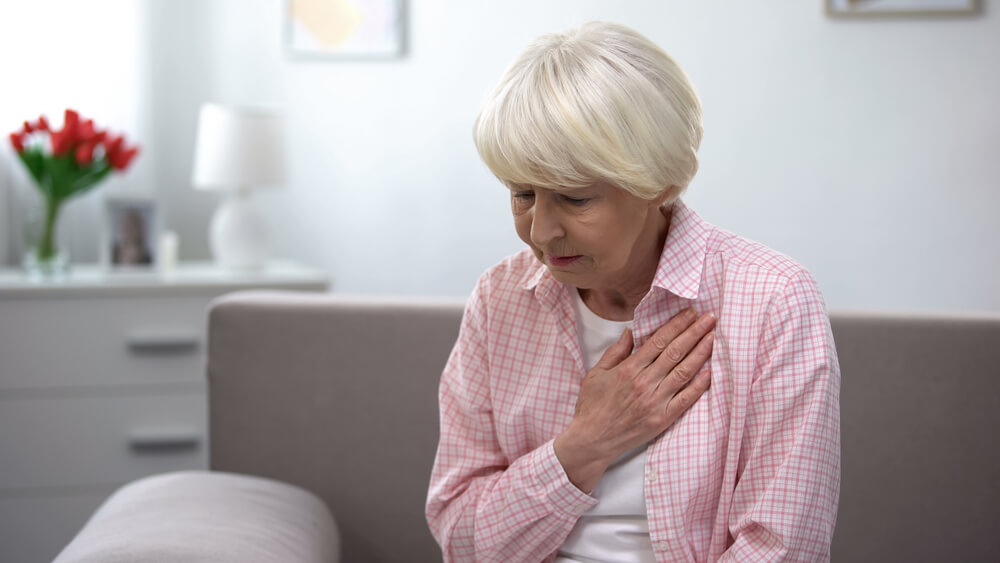DIAGNOSIS
Commonly used tests for diagnosing heart rhythm disorder include:
- Event monitor
- Holter monitor
- Electrocardiogram
- Stress (exercise) testing
- Electrophysiology studies
TREATMENT
Drug Treatment. Numerous medications are there for decreasing the existence of heart rhythm disorder or managing symptoms. These medications are used for:
- Slowing the heartbeat (beta-blockers and calcium channel blockers)
- Keeping the heartbeat normal (antiarrhythmic drugs)
- Help stop blood clumps (blood thinners, for example, warfarin)
Implantable Devices. To make the heart function better, some persons with heart rhythm disorders will require implantable devices such as:
- Pacemaker. A tiny instrument inserted above the heart.
- Implantable cardioverter-defibrillator. It is similar to a pacemaker but can transport an electrical shock to bring back a normal heartbeat when required.
Radio-frequency ablation. This method is performed utilizing a catheter that is threaded through a vein to the heart. An electrode is embedded through the catheter and used to warm and tear down a small area of tissue. This can impede abnormal electrical flagging pathways in the heart.
Lifestyle Changes. Lifestyle changes can help directly lessen the signs of heart disorder, such as:
- Minimizing stress
- Stopping smoking
- Increasing physical fitness
- Maintaining a normal weight
- Weight loss if obese
- Limiting caffeine
- Limiting alcohol
- Limiting take of OTC medications that contain stimulants


